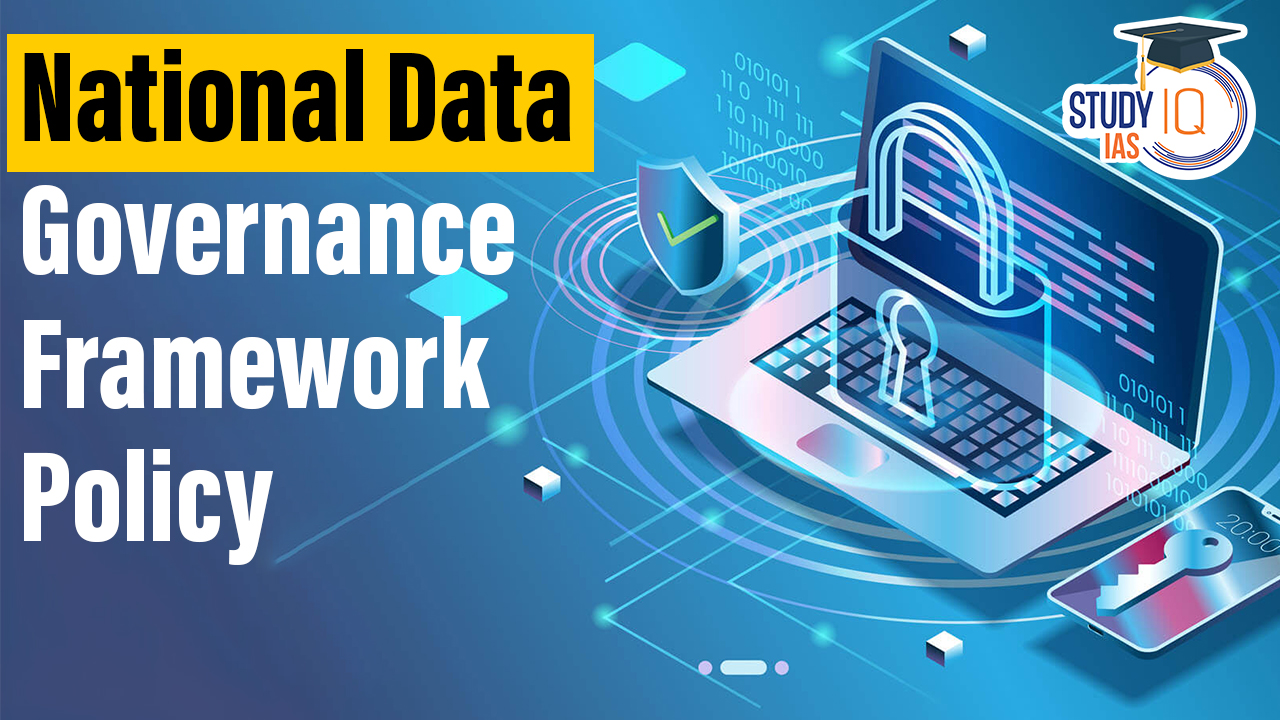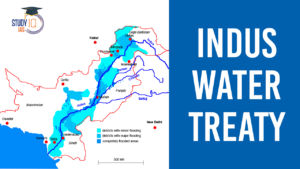Table of Contents
Context:
- Digitisation is pivotal for India’s aim to become a $5 trillion economy, with data and AI potentially contributing up to $500 billion to GDP by 2025, according to NASSCOM.
- The government’s digitisation efforts are yielding large volumes of citizen data, split into Personal Data and Non-Personal Data (NPD), with the latter having the potential to serve as a public good.
Importance of Non-Personal Data (NPD)
- NPD is the primary type of government-held citizen data.
- NPD has the potential to be a valuable “public good”.
- NPD integration can improve public service delivery.
- AI and advanced analytics can generate valuable insights from NPD in various sectors (e.g., weather forecasting, and infrastructure planning).
Challenges of National Data Governance Framework Policy
Lack of NPD Regulation
- Unlike Personal Data, NPD has no strong legal framework.
- The Kris Gopalakrishnan Committee report identified key NPD governance issues:
- De-anonymization risks.
- Central NPD authority.
- Data ownership and sharing mechanisms.
- The Ministry of Electronics and Information Technology (MeitY) released the National Data Governance Framework Policy (NPD Framework).
- The NPD Framework lacks enforceability.
- Unregulated NPD hinders optimal policy and decision-making.
Data Exchanges: Opportunities and Challenges
- Data exchanges connect stakeholders and enable advanced analytics for better decision-making.
- Unprotected NPD flow across entities can lead to privacy breaches and misuse by powerful actors (e.g., Big Tech).
- Flawed data analysis can result in poor public policies.
Gaps in the NPD Framework
- The NPD Framework lacks practical guidance for achieving its goals.
- Stakeholder rights and obligations are unclear.
- Data pricing mechanisms and legal structures for data exchange are missing.
- Standardised governance tools are absent.
| Global Examples of Data Exchange | India’s Initiatives |
| Australia, UK, and Estonia use data exchanges in various sectors (e.g., housing, employment, agriculture). |
|
We’re now on WhatsApp. Click to Join
Path Forward for NPD Framework
- A critical evaluation of the NPD Framework can address existing gaps.
- Regulatory design for data exchanges is needed.
- This will:
- Digitise and automate public services.
- Reduce administrative burdens.
- Facilitate inter-sectoral collaboration.
- Build safeguards for NPD use and sharing.
- Make civic digitization more participatory.


 Indus Water Treaty 1960 Suspended by Ind...
Indus Water Treaty 1960 Suspended by Ind...
 5 Years of SVAMITVA Scheme and Its Benef...
5 Years of SVAMITVA Scheme and Its Benef...
 Places in News for UPSC 2025 for Prelims...
Places in News for UPSC 2025 for Prelims...





















